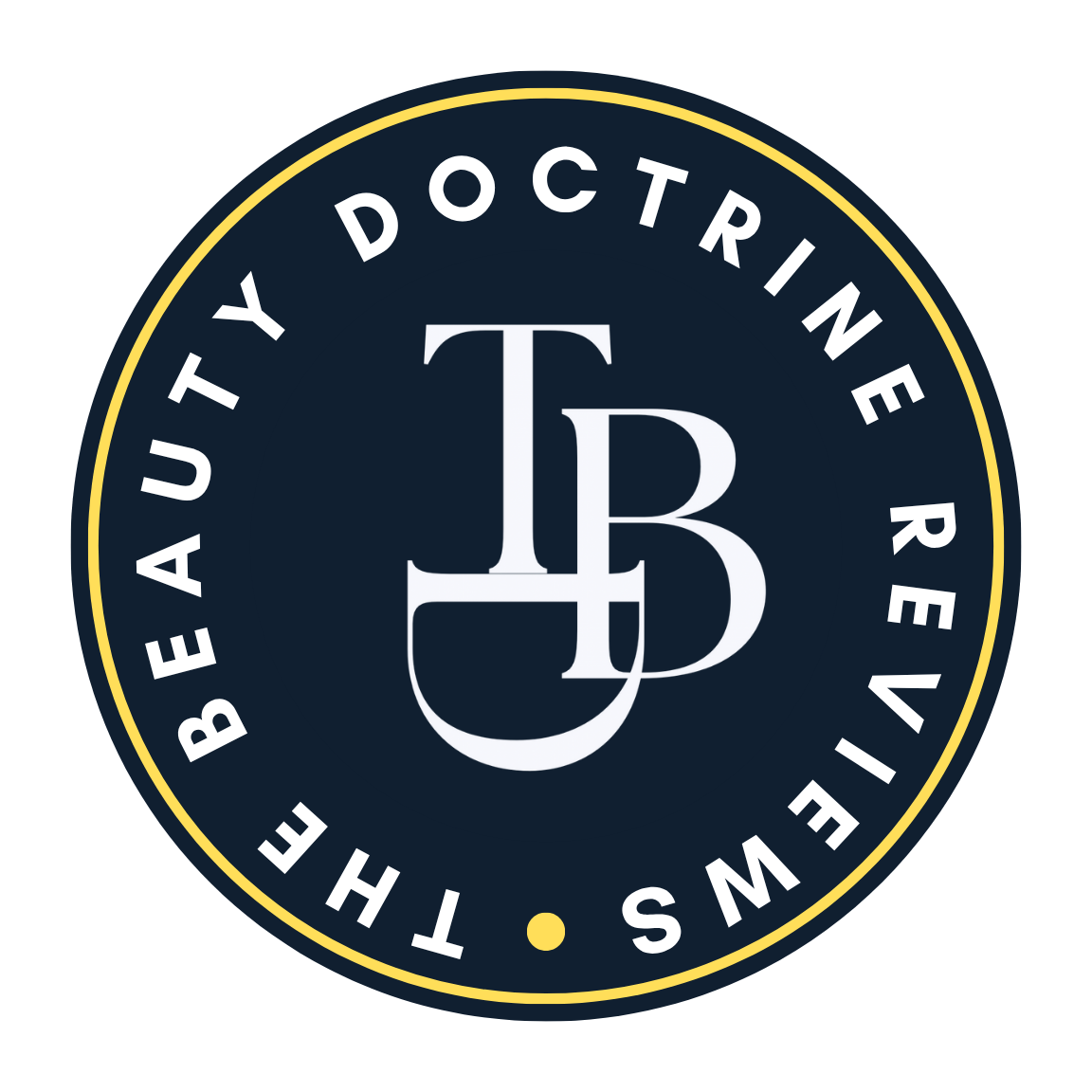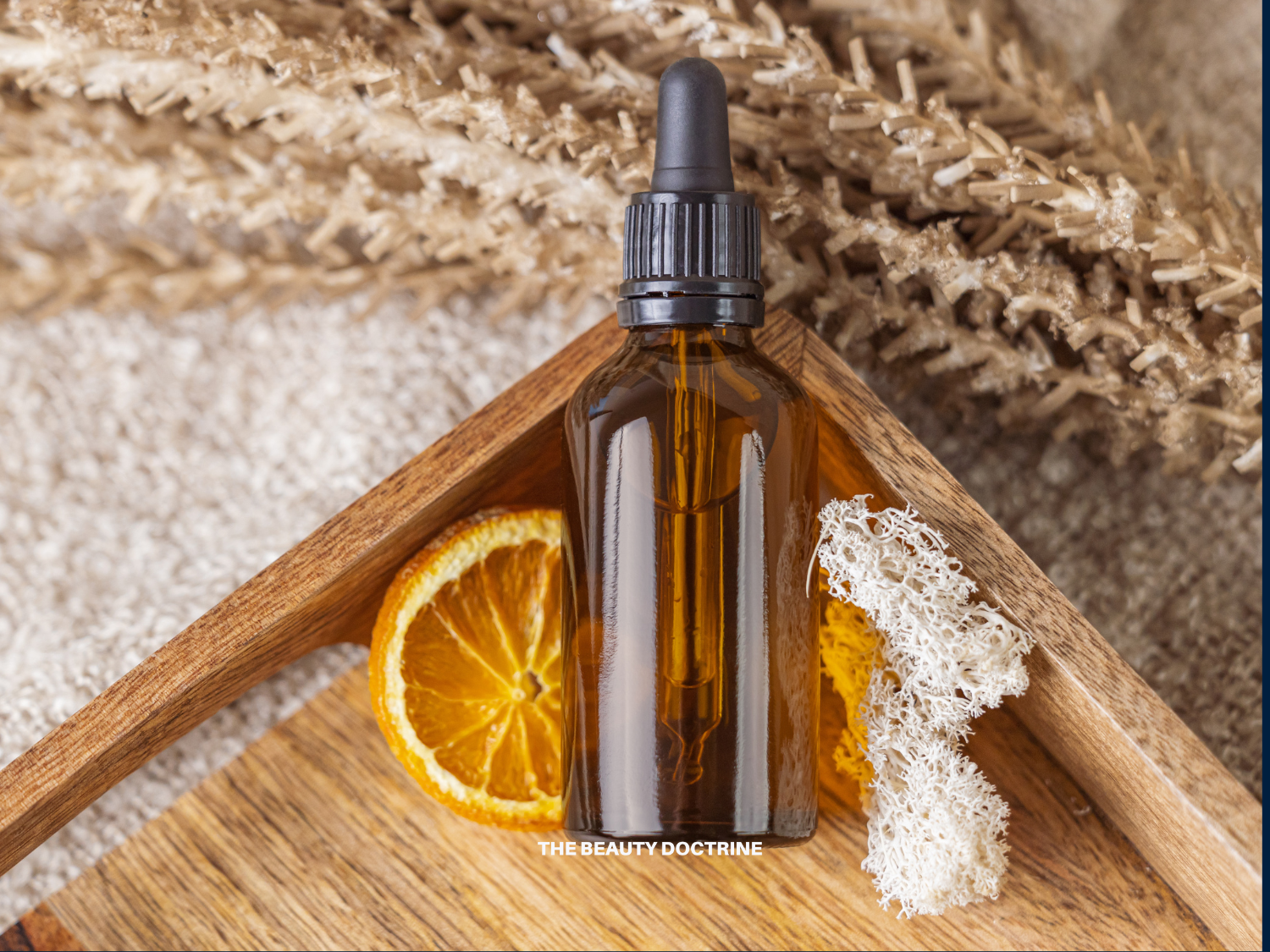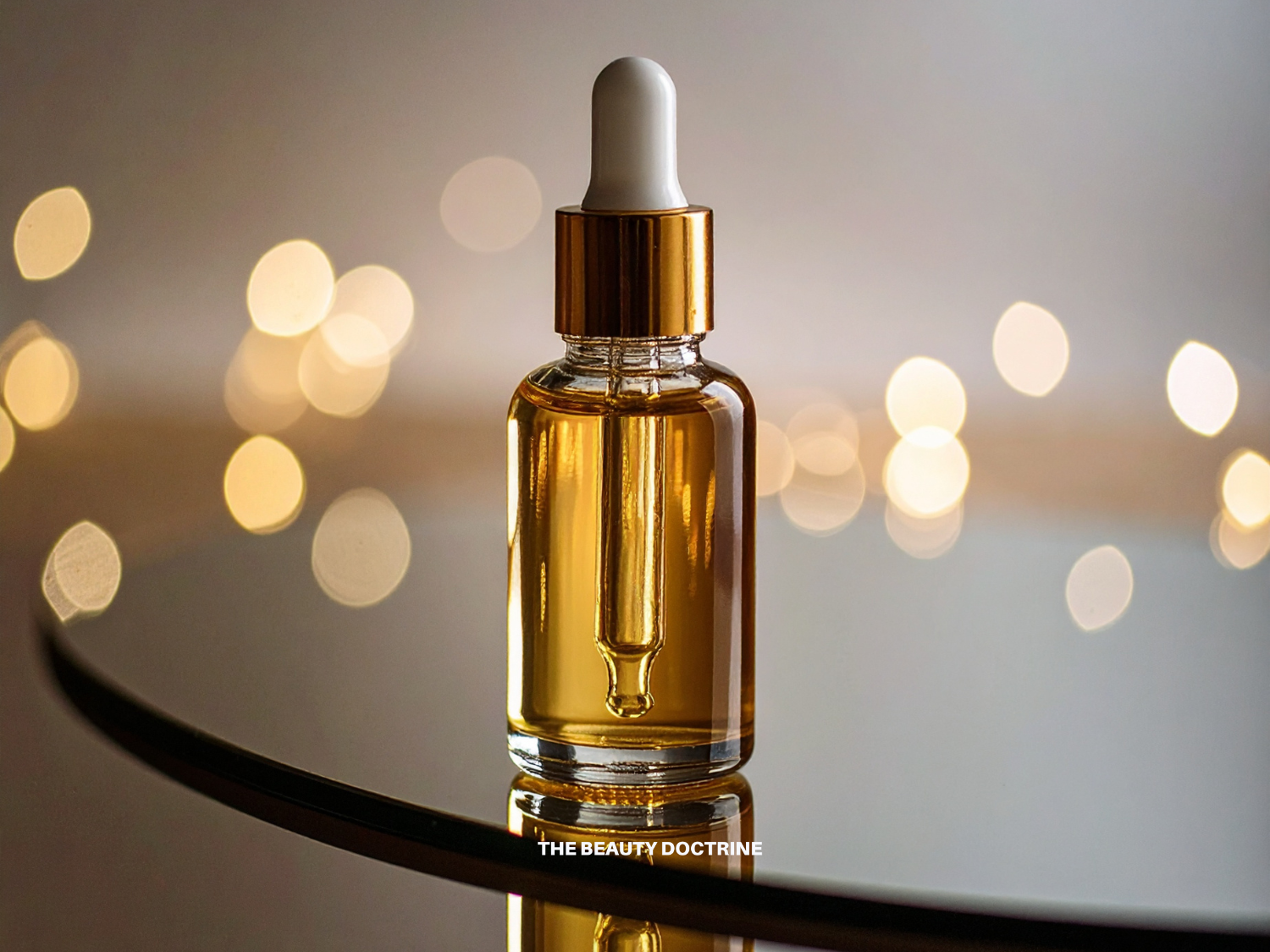Petrolatum and Mineral Oil: The Industry’s Cheap Fix That Costs Your Skin.
For decades, dermatologists and beauty brands have praised petrolatum and mineral oil as “safe” and “effective.” They appear in everything from drugstore lotions to luxury creams, marketed as miracle occlusives that lock in hydration and heal dry skin. But what if these so-called classics are nothing more than industry shortcuts—cheap fillers that suffocate your skin while offering no real nourishment?
At The Beauty Doctrine, we believe consumers deserve the full truth. While petrolatum and mineral oil are technically considered safe by regulatory agencies, their story is far more complicated. From contamination risks to long-term effects on the skin barrier, these ingredients are outdated solutions that do more harm than good.
What Are Petrolatum and Mineral Oil?
Petrolatum
Petrolatum, also known as petroleum jelly, is a semi-solid mixture derived from crude oil. It was originally discovered in the 1800s as a byproduct of oil drilling and has been marketed ever since as Vaseline.
Mineral Oil
Mineral oil is a liquid derivative of petroleum. It is highly refined for cosmetic use and appears in countless lotions, cleansers, and hair products.
Both ingredients are classified as occlusives, meaning they sit on the surface of the skin to prevent water loss. On paper, this sounds beneficial. In practice, it creates a temporary bandage rather than addressing the root causes of dryness or barrier dysfunction.
Why Dermatologists Still Defend Them
Petrolatum and mineral oil are inexpensive, widely available, and stable. They rarely cause immediate allergic reactions, which is why many dermatologists recommend them for sensitive skin. Regulatory bodies such as the FDA classify them as safe when properly refined.
But here is what is often left unsaid:
- Refining standards vary from country to country, and there is no universal guarantee of purity.
- Even if safe from acute toxicity, they provide no antioxidants, no essential fatty acids, and no vitamins.
- They create the illusion of hydration while masking underlying barrier problems.
At TheBeautyDoctrine.com, we take a stricter approach. We ask not just whether an ingredient avoids harm in the short term, but whether it actively contributes to the long-term health of your skin.
The Problem With Refining
One of the biggest concerns with petrolatum and mineral oil is contamination. Crude oil naturally contains carcinogens such as polycyclic aromatic hydrocarbons (PAHs) and benzene. In theory, cosmetic-grade petrolatum should be refined to remove these contaminants. In practice, oversight is limited.
European regulations are stricter than those in the United States, but even there, consumer watchdogs have found contamination in lip balms and moisturizers. Because these ingredients are cheap and widely used, brands have little incentive to invest in the highest-quality refining processes.
When you apply petrolatum or mineral oil to your lips, face, or body, you cannot be certain it is free of impurities. That uncertainty alone makes them poor choices for daily use.
Why They Fail the Skin Barrier
Your skin barrier is made of lipids, ceramides, and cholesterol that work together to keep moisture in and irritants out. To strengthen it, you need ingredients that integrate with its natural structure, like jojoba oil, squalane, or ceramides.
Petrolatum and mineral oil do not do this. They simply form a film on top of the skin, trapping water underneath. While this may temporarily reduce transepidermal water loss, it does nothing to feed or repair the barrier. Worse, by blocking normal skin functions, they can interfere with healthy turnover and prevent the absorption of nutrients from other products.
The Illusion of Hydration
Many people mistake the greasy layer left by petrolatum or mineral oil for deep moisturization. In reality, the skin beneath may still be dry and malnourished. This explains why users often feel dependent on reapplying these products: the skin never truly improves, so the cycle continues.
True hydration comes from humectants like glycerin and hyaluronic acid that draw water into the skin, combined with emollients and oils that replenish barrier lipids. Occlusives can play a role, but only when paired with ingredients that nourish and repair. Petrolatum and mineral oil do not offer that synergy.
Comedogenic and Suffocating
Petrolatum is highly occlusive, meaning it traps everything under its layer—including bacteria, sebum, and dead skin cells. For acne-prone or oily skin, this can lead to clogged pores and breakouts. Even for those without acne, the suffocating layer can feel heavy and greasy, discouraging the skin’s natural ability to breathe and function.
The Environmental Cost
Beyond personal health, petrolatum and mineral oil carry an environmental burden. Both are byproducts of the fossil fuel industry. Their use in cosmetics perpetuates reliance on crude oil, a non-renewable resource that contributes to pollution and climate change.
Choosing plant-based alternatives not only benefits your skin but also reduces your environmental footprint.
The Rise of “Slugging” and Why It Backfires
Recently, petrolatum has resurfaced as part of the viral “slugging” trend, where users coat their faces in Vaseline overnight. While it may temporarily lock in moisture, it does nothing to feed the barrier. In fact, for those with acne-prone skin, it can worsen congestion and delay healing.
This is the perfect example of how the beauty industry repackages old, cheap ingredients with new marketing spins. At The Beauty Doctrine, we see slugging not as a breakthrough but as a sign of how deeply consumers need education on barrier health.
Better Alternatives That Nourish the Skin
Instead of relying on outdated fillers, look for ingredients that strengthen the barrier and deliver nutrients:
- Jojoba oil: Rich in ceramides, it mimics the skin’s natural sebum and repairs the lipid barrier.
- Squalane: A lightweight, stable oil that deeply hydrates and supports elasticity.
- Plum oil: A powerful source of antioxidants and essential fatty acids.
- Ceramides: Rebuild the skin’s protective structure from within.
These ingredients do not just sit on top of the skin. They integrate with its natural processes, leading to genuine improvements over time.
Why The Beauty Doctrine Rejects Petrolatum and Mineral Oil
Our standards go beyond toxicity. We ask: does this ingredient nourish, protect, and strengthen the skin? For petrolatum and mineral oil, the answer is no. They are cheap shortcuts that create dependency without offering any long-term benefits.
That is why you will not find them in any of the products we recommend. Instead, our curated collection features barrier-repairing serums, antioxidant-rich oils, and clean moisturizers that actually feed the skin.
For example, our Barrier Repair Serum, built around jojoba oil and other ceramide-rich botanicals, provides the moisture-locking effect people want from petrolatum but with the added benefit of barrier support and antioxidants. You can explore this and more on TheBeautyDoctrine.com.
How to Spot Hidden Petrolatum and Mineral Oil on Labels
Petrolatum and mineral oil often go by multiple names. When scanning an ingredient list, watch out for:
- Petrolatum
- Petroleum jelly
- Paraffin oil
- Liquid paraffin
- Mineral oil
- White soft paraffin
If you see these terms, know that the product is relying on an outdated filler rather than nourishing ingredients.
Practical Guidance for Consumers
- Read labels carefully, especially for budget moisturizers and drugstore creams.
- Be cautious of products that promise hydration but feel greasy or heavy.
- Look for nourishing oils like jojoba, plum, and squalane instead of petroleum byproducts.
- Choose moisturizers that combine humectants, emollients, and occlusives for a balanced approach.
- Support brands that are transparent about sourcing and avoid fossil fuel derivatives.
Final Thoughts
Petrolatum and mineral oil have survived in cosmetics not because they are the best ingredients, but because they are cheap, stable, and easy to formulate with. They provide the illusion of hydration while delivering no antioxidants, no essential fatty acids, and no long-term benefits. Worse, contamination risks and environmental costs make them poor choices for anyone serious about health and sustainability.
It is time to move beyond outdated solutions. With nourishing plant-based alternatives available, there is no reason to settle for ingredients that merely coat the skin.
At The Beauty Doctrine, we are committed to guiding you toward products that do more than mask problems. They heal, protect, and strengthen your skin for the long term. Explore our curated collection at TheBeautyDoctrine.com and discover skincare that truly supports your health.
Frequently Asked Questions
Is Vaseline safe for sensitive skin?
Vaseline, the most famous petrolatum product, is often recommended for sensitive skin because it rarely causes immediate allergic reactions. However, “safe” does not mean beneficial. Vaseline creates a temporary film that prevents water loss but does not deliver any vitamins, antioxidants, or essential fatty acids to help the skin recover. For sensitive skin, ingredients like jojoba oil, squalane, and ceramides are safer long-term choices because they actively repair the barrier.
Why do dermatologists still recommend petrolatum and mineral oil?
Dermatologists often rely on petrolatum and mineral oil because they are inexpensive, stable, and unlikely to cause acute irritation. In clinical settings, petrolatum has been used for wound protection and burn recovery. However, in daily skincare, these ingredients are outdated. They fail to address underlying barrier weakness, and safer plant-based alternatives are widely available.
Are petrolatum and mineral oil comedogenic?
Yes, both can clog pores, especially in acne-prone or oily skin types. Because they form a thick occlusive layer, they can trap sebum, bacteria, and dead skin cells underneath. While not everyone will break out, the risk is higher compared to lighter, skin-compatible oils like squalane or jojoba.
Do petrolatum and mineral oil contain carcinogens?
Petrolatum and mineral oil themselves are not inherently carcinogenic when properly refined. The concern lies in contamination. Crude oil contains benzene and polycyclic aromatic hydrocarbons (PAHs), both known carcinogens. Refining should remove these impurities, but oversight is limited, particularly in the United States. This is why consumer watchdogs often find traces of contaminants in cosmetic products.
Is slugging with Vaseline bad for your skin?
Slugging, the practice of coating the face in Vaseline overnight, may temporarily reduce water loss but does not provide real nourishment. For acne-prone skin, it can increase congestion. For sensitive or dry skin, it masks symptoms instead of addressing root causes. If you want the benefits of overnight hydration, a barrier serum with ceramides or a plant oil rich in antioxidants is a much better choice.
What should I use instead of petrolatum or mineral oil?
Look for moisturizers and serums that contain:
- Jojoba oil for ceramide support
- Plum oil for antioxidants and essential fatty acids
- Squalane for lightweight hydration
- Ceramides for barrier repair
- Glycerin and panthenol for water-binding hydration
These ingredients not only lock in moisture but also strengthen and nourish the skin.
Are petrolatum and mineral oil safe in lip balms?
Lip balms often contain petrolatum and mineral oil, but this raises additional concerns. Because lip products are ingested in small amounts, any contaminants present are directly consumed. Plant-based balms made with shea butter, cocoa butter, and nutrient-rich oils are a safer and healthier alternative.
Do petrolatum and mineral oil have any benefits at all?
They can be useful in certain medical settings, such as protecting wounds or burns. Their ability to create a physical barrier against external irritants has value in those scenarios. However, in everyday skincare, where long-term health and nourishment are the goal, their benefits are minimal compared to modern alternatives.
Final Word
Petrolatum and mineral oil are not inherently evil, but they are far from the gold-standard ingredients they are often portrayed to be. They are cheap, outdated band-aids that create dependency without ever healing the skin. When you choose products with nourishing oils, ceramides, and antioxidants, you invest in real improvements, not short-lived illusions.
At TheBeautyDoctrine.com, we reject shortcuts. Every product we recommend is free from fossil-fuel derivatives and filled with skin-compatible ingredients that strengthen your barrier and support your health. Because your skin deserves more than “safe.” It deserves truly beneficial care.




